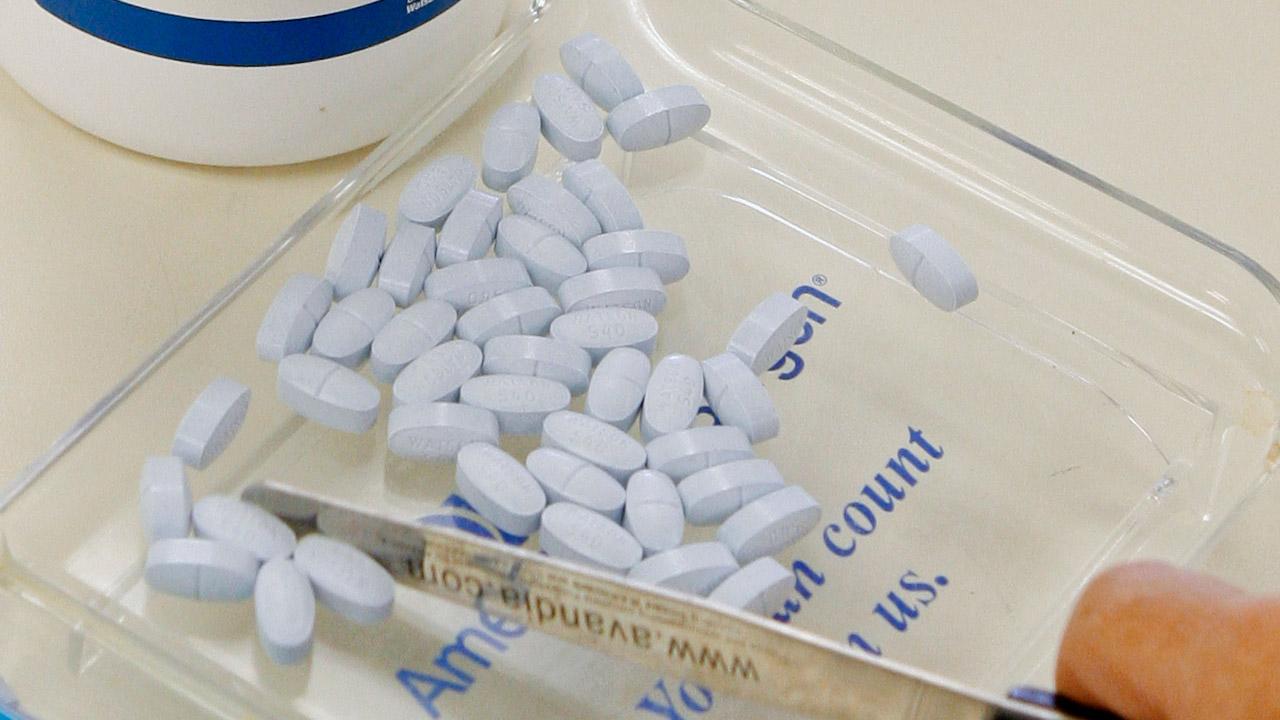In a pilot study published in JAMA Internal Medicine, Yale researchers significantly reduced doses of opioid painkillers given to hospital patients. By delivering the opioids with a shot under the skin or with a pill instead of an IV, the research team found they could decrease patient exposure to the medications while also maintaining or improving pain relief, they said.
The study, conducted by researchers at Yale School of Medicine and Yale New Haven Hospital, could lead to changes in how providers prescribe opioids to hospitalized patients, noted the researchers, who have recently completed the second and third phases of their trial.
To relieve pain in hospitalized patients, providers typically give prescription opioid drugs in one of three forms: via an IV, orally, or with a shot in the skin. The IV method carries greater risk of side effects because IV opioids rapidly penetrate the central nervous system. It has been shown that even one IV dose can cause changes in the brain that are associated with addiction, the researchers said.
To test a new standard of opioid prescribing that prefers the non-IV methods, the research team developed an intervention involving a few hundred hospital patients, and educating the providers and nurses about the new standard. Over the three-month intervention period, the researchers measured daily IV doses, non-IV doses, and overall opioid doses per patient. They also analyzed pain scores during the first five days of hospitalization.

(Image credit: Associated Press)
After comparing outcomes with a control group, the team found that IV opioid dosing was reduced by 84 percent for the intervention group. The overall exposure to opioids substantially decreased as well. Unexpectedly, the researchers found that intervention-group patients had pain scores that were similar or improved, they said.
More research is needed to validate the findings, but the results “have the potential to be practice changing,” said lead author Adam Ackerman, MD, clinical instructor in internal medicine at Yale School of Medicine (YSM) and medical director of the pilot study inpatient unit at Yale New Haven Hospital.
“The data shows that the non-IV use of opioids can reduce overall opioid use in adult inpatients with no change in pain control, and potentially an improvement,” says Robert Fogerty, MD, associate professor of medicine at YSM and co-author on the study. “It’s an example of less is more.”
While IV opioids have a role in medicine for relieving acute pain, says Fogerty, the subcutaneous route can serve as a “bridge” to help hospital patients safely transition to pills.
A shift in how opioid painkillers are delivered in hospitals could help combat the crisis of addiction and overdose deaths, which continues to affect thousands of Americans each year, the researchers say.
“As physicians, we’re obligated to provide help to the community. Part of that service is thinking analytically about how, when, and why we use opioids. The data show there are opportunities to improve the way we control pain and the way we impact the opioid crisis,” Fogerty says.
“This study represents an important piece of the puzzle in terms of how opioids can be used more safely and effectively in clinical practice,” says co-author Patrick G. O’Connor, MD, the Dan Adams and Amanda Adams Professor of General Medicine and chief of general internal medicine at YSM. “It also represents a critical strategy for reducing the potential risk of opioid-related complications, including overdose and death.”




